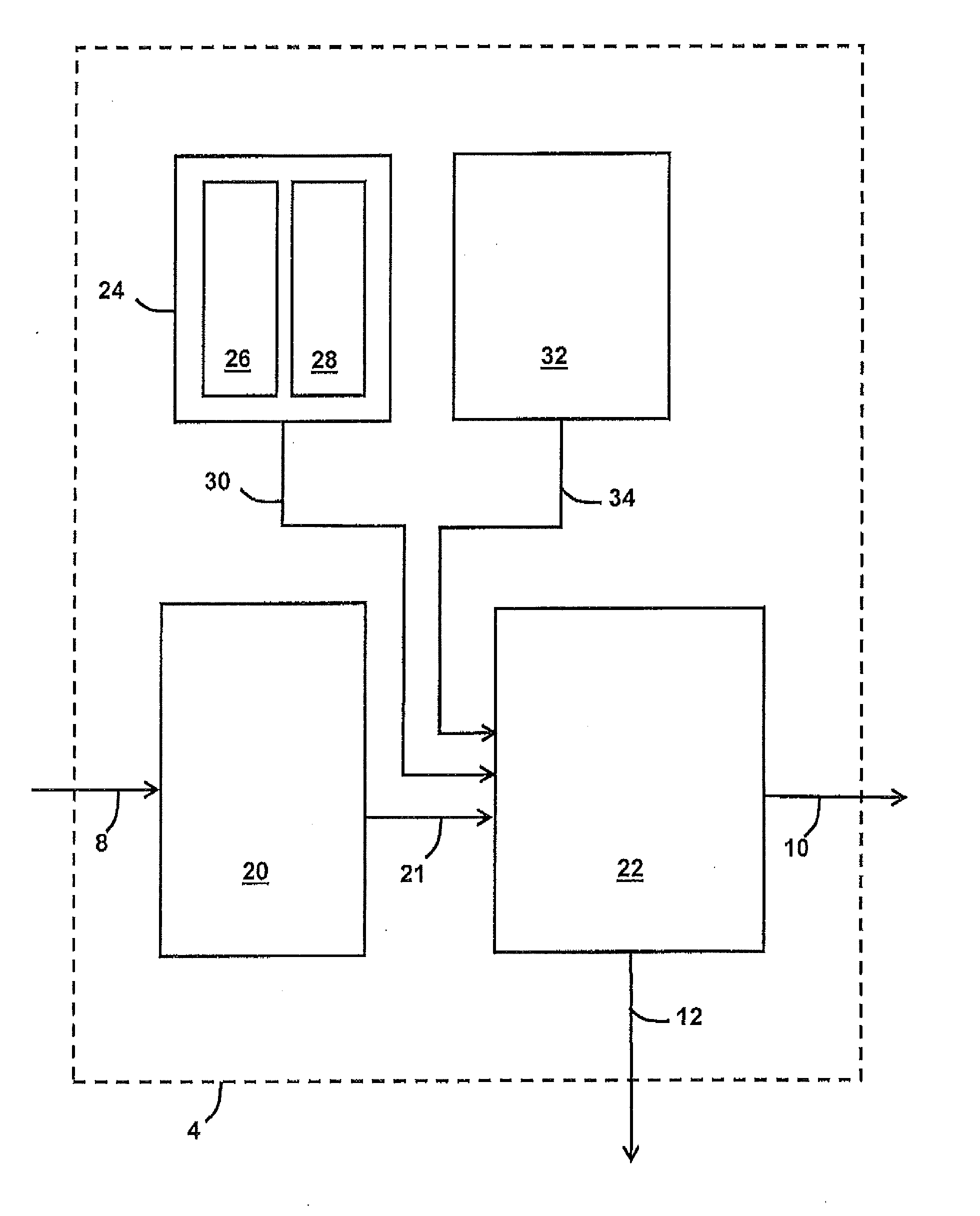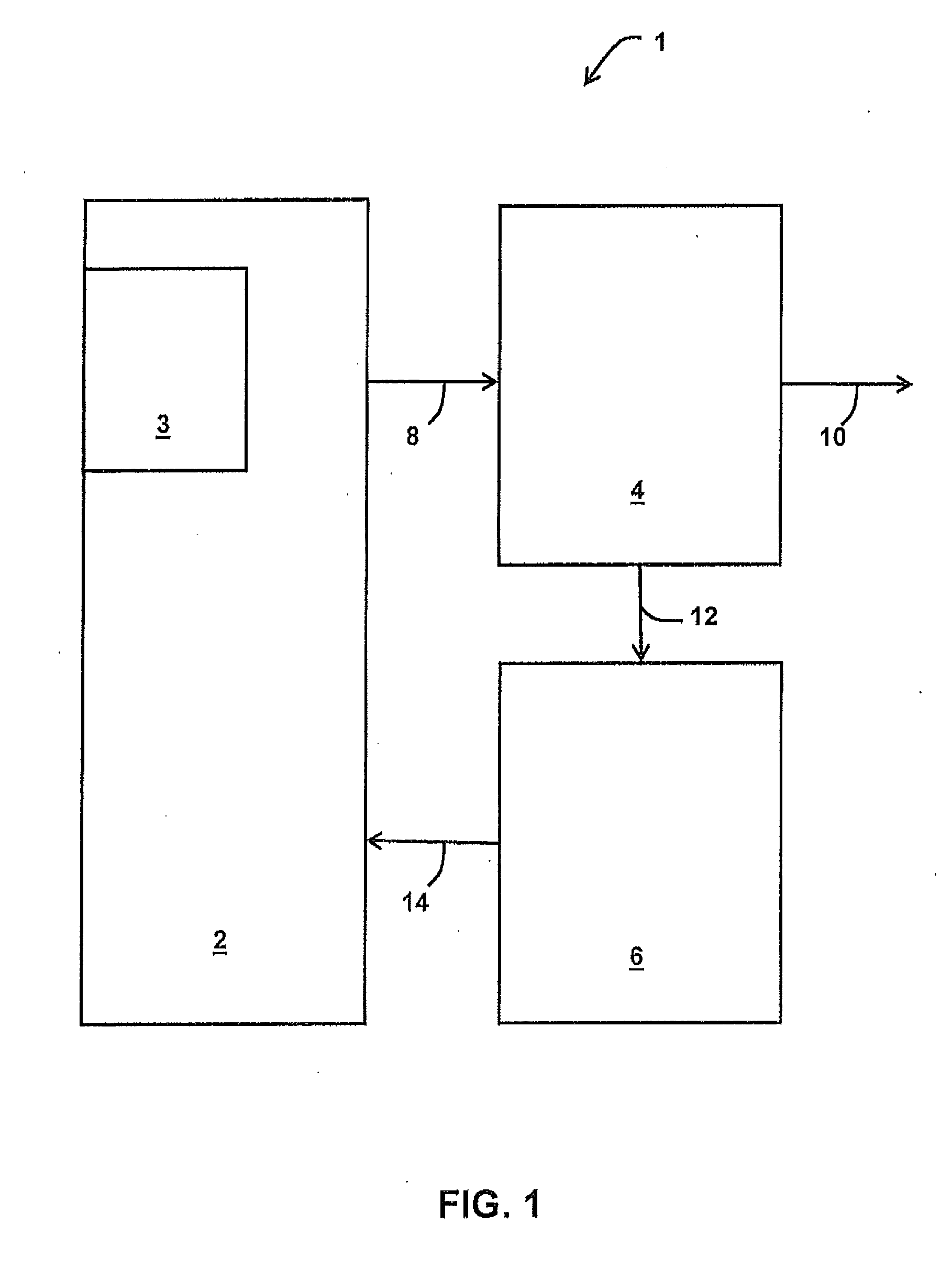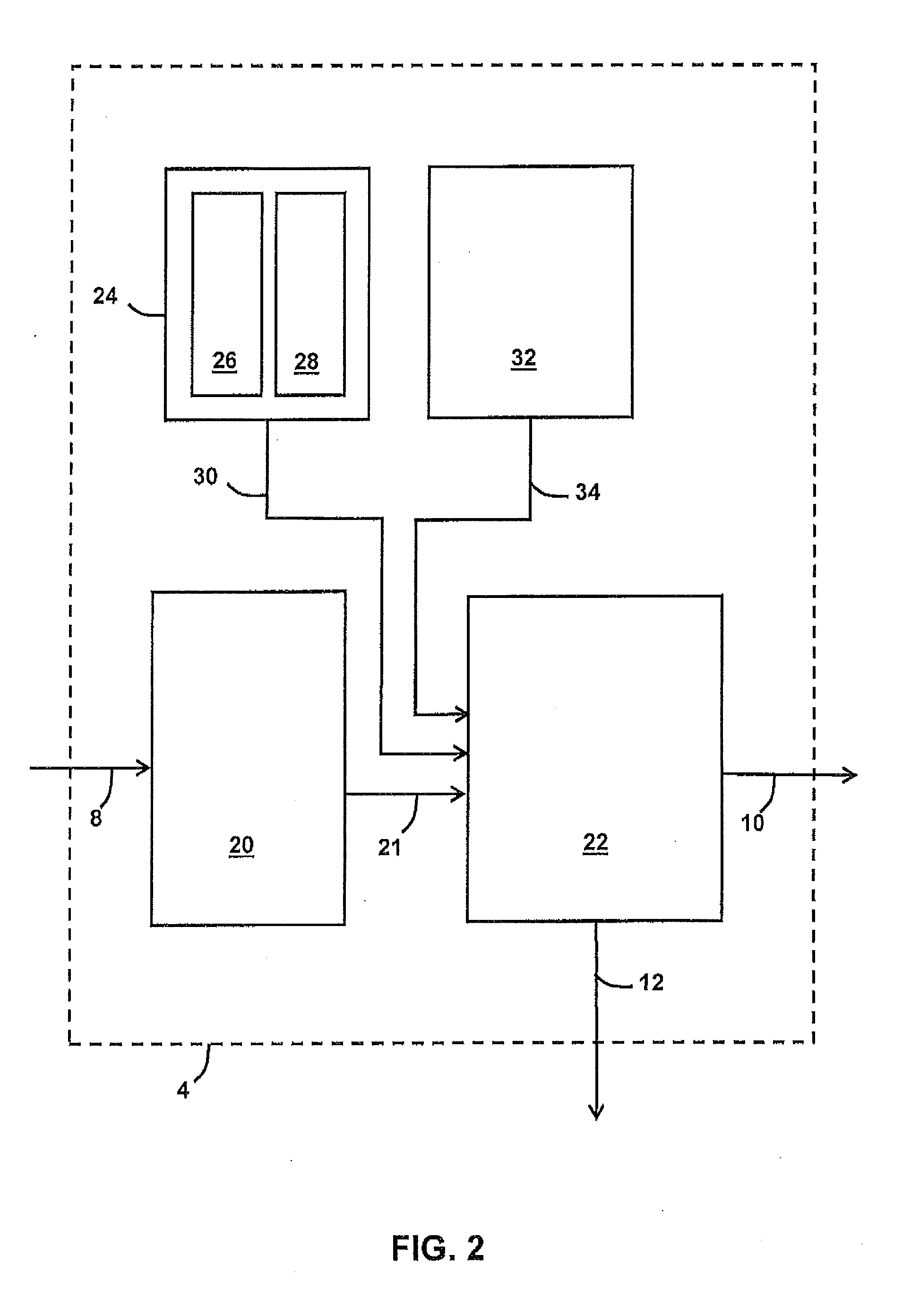Object classification
a technology of object classification and object, applied in the field of object classification, can solve the problems of difficult task that requires a skilled operator and sufficient clear conditions, large amount of uncertainty as to the target under observation, and the rise of detection and classification problems
- Summary
- Abstract
- Description
- Claims
- Application Information
AI Technical Summary
Benefits of technology
Problems solved by technology
Method used
Image
Examples
Embodiment Construction
[0046]FIG. 1 is a schematic illustration of a mine detection and classification system 1. The mine detection and classification system 1 comprises a mine-hunting vessel 2, a mine-classifier 4, and a vessel position processor 6.
[0047]The mine-hunting vessel 2 is an Autonomous Underwater Vehicle (AUV). The mine-hunting vessel 2 comprises a sensor 3. The sensor 3 is forward-looking sonar. The sensor 3 makes observations of a target (not shown), for example the sensor 3 measures a physical quantity of the target, and converts the observations into a signal, hereinafter referred to as “input data 8”, in a conventional way. In this embodiment, the target for the mine-hunting vessel 2 is identified by a target identifying vessel (not shown). In this example, the input data 8 comprises data representative of the observation of the target and data representative of the angle of the target relative to the mine-hunting vessel 2, i.e. the three dimensional bearing of the target from the mine-hu...
PUM
 Login to View More
Login to View More Abstract
Description
Claims
Application Information
 Login to View More
Login to View More - R&D
- Intellectual Property
- Life Sciences
- Materials
- Tech Scout
- Unparalleled Data Quality
- Higher Quality Content
- 60% Fewer Hallucinations
Browse by: Latest US Patents, China's latest patents, Technical Efficacy Thesaurus, Application Domain, Technology Topic, Popular Technical Reports.
© 2025 PatSnap. All rights reserved.Legal|Privacy policy|Modern Slavery Act Transparency Statement|Sitemap|About US| Contact US: help@patsnap.com



